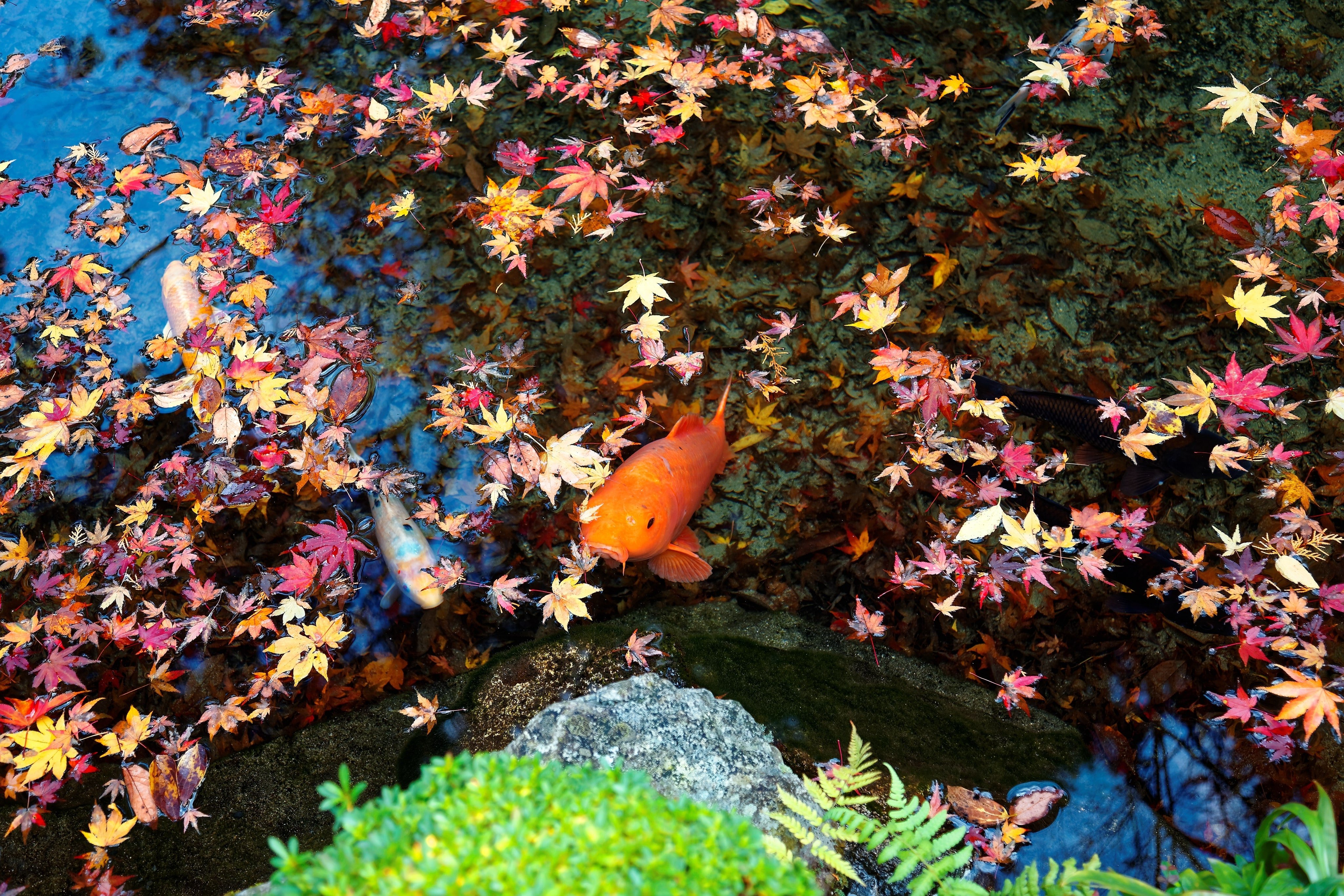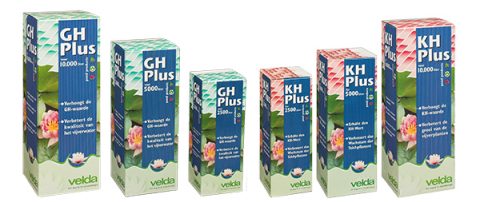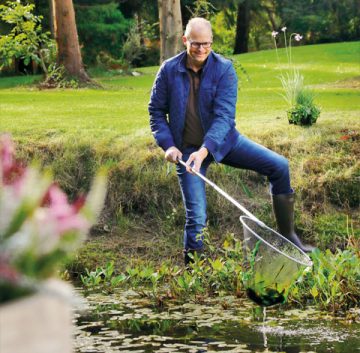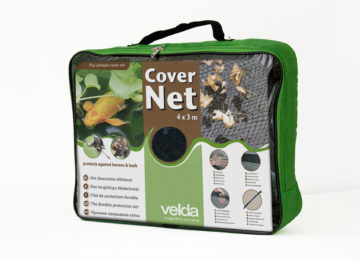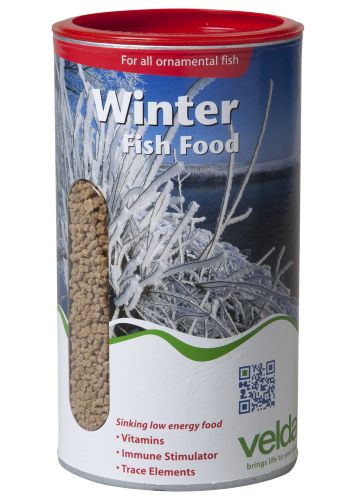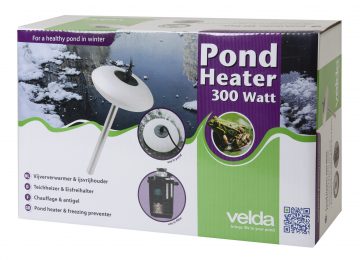Monthly Archives: October 2019
-
Continus Reading »
step by step
step 1 Water hardness at level | Test the quality of the pond water and increase the hardness level with GH Plus and KH Plus. At the beginning of autumn, it is important to start with GH above 10° and KH above 8°DH. That minimises the risk of pond acidification.
step 2 Remove pond sludge | Bottom sludge is a nutrient source for algae in spring time. Remove this organic deposit with Bio-Oxydator. Micro-organisms decompose the sludge, pH grains prevent acidification and natural lime ensures the right water hardness.
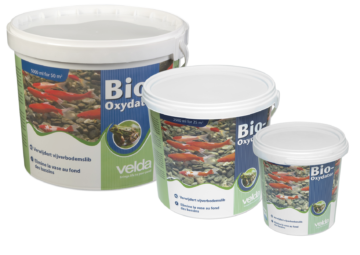 step 3 Remove fallen leaves | Died off plants and leaves in the pond contain nutrients for algae in spring time. Remove this organic material with the Duo Pond Tool or a scoop net. The fewer nutrients in the pond, the lower the risk of algae.
step 3 Remove fallen leaves | Died off plants and leaves in the pond contain nutrients for algae in spring time. Remove this organic material with the Duo Pond Tool or a scoop net. The fewer nutrients in the pond, the lower the risk of algae.step 4 Spread a cover net | Next, spread a Cover Net over your pond in order to keep falling leaves and twigs out of the water. Nets are available in various sizes. A fine-meshed net covering the pond keeps the fish safe from hungry herons!
step 5 Feeding fish | At water temperatures below 10°C the activity of the fish will decrease and you can switch to winter food. This special fish feed has a reduced energetic value and it is easy to digest. It keepsthe fish in good condition during the winter.
step 6 Keep the pond free of ice | Fish can die of a lack of oxygen when a pond freezes over. Never chop a hole in the ice: the vibrations can cause internal injuries in fish. Keep the pond free of ice locally by heating it with a Pond Heater or aerating using a Silenta air pump.


